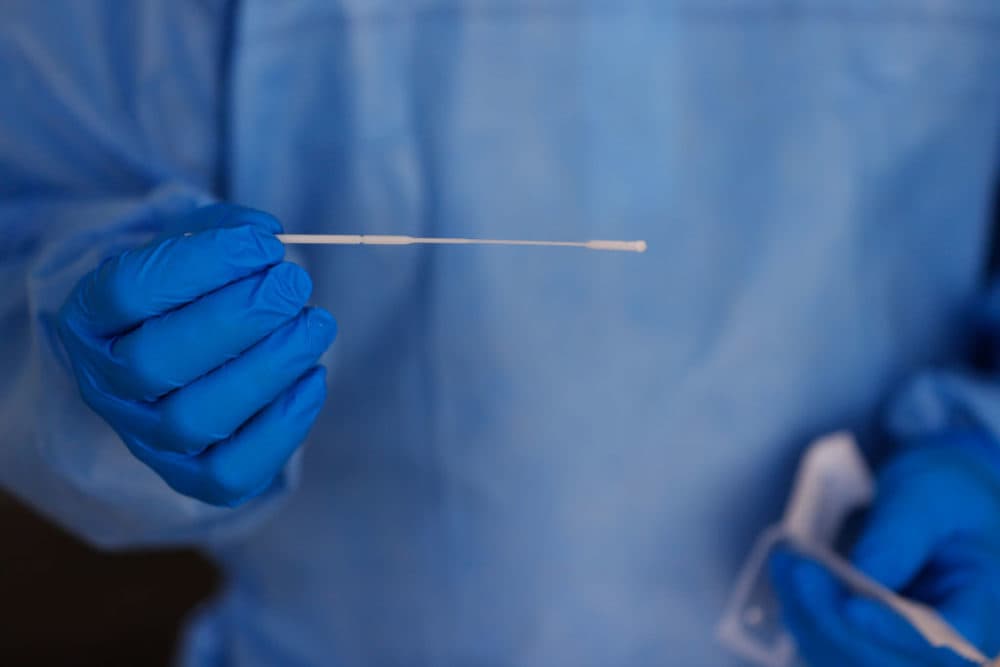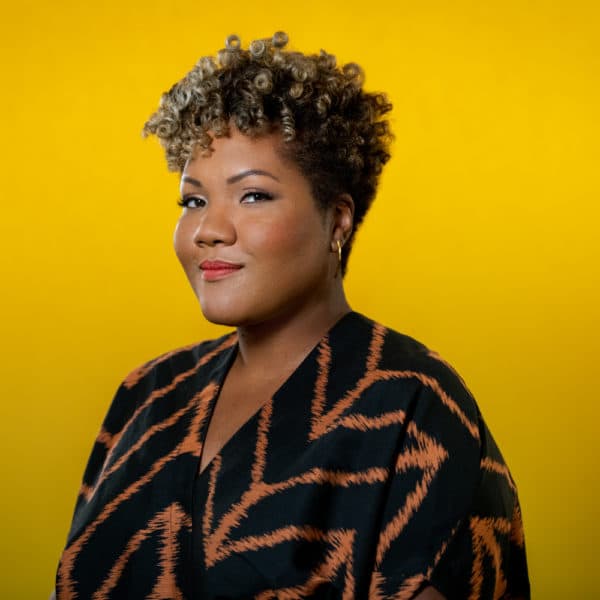Advertisement
Ohio Governor: 'I Think We Can Rely On Testing' Despite Own False-Positive Result

Ohio Gov. Mike DeWine tested positive — and then negative — for COVID-19 on Thursday.
The White House arranged a test for DeWine and others planning to meet President Trump in Cleveland, DeWine says. But he took an antigen test, which only correctly identifies that a person is infected with COVID-19 as low as 30% of the time, compared to more-accurate PCR tests.
After receiving the positive result, DeWine, his wife and several staff members took another test and received negative results. He says he plans to do another test on Saturday for good measure.
“I think we can rely a lot on testing. And I hope people don't take the impression from what happened to me yesterday … to indicate that we can't use this testing,” he says. “Testing is very, very important.”
Interview Highlights
On Ohio’s testing alliance with six other states
“Well, it's really buying power. It's kind of basic economics. Going together, we want to be able to assure anyone that we're dealing with that they're going to be able to have a good market. And by putting all these states together, you know, we've got a market that is taken care of. So we're very, very happy about that.”
On whether Trump is doing enough to stop the pandemic
“Look, I think one of the lessons from this pandemic, after it's all over and we all look back, there's a couple of lessons, many lessons. But here's two. One is we've underinvested in public health and we've done this under Democrat and Republican administrations alike. We've done it for decades. We've got to invest more in it, in public health. Number two, the other thing is, you know, we don't ever want to be in a position again where we have to buy all our medical equipment from China or from Europe. We need to be able to produce this stuff inside the United States.”
On Ohio’s spike in COVID-19 cases
“Well, we reopened the state. It's what's happened across the country. Now, we did it very carefully. We did it in stages. We have, you know, I think the best protocols for business in this state. But what's happened is that, you know, for a while, people were not wearing masks. We put on a statewide mask order and we're seeing mask compliance go up dramatically.
“And there is good news. In urban areas, we're starting to see our cases go down. And that's a direct result of about 90% of the people who are out and about are wearing masks. And so, you know, they get a lot of credit. Cincinnati, for example, came off of our red list. We do it by colors. And they have moved this week to orange and they've gotten control.
“What we're seeing, however, on the downside, we're seeing rural areas where we're seeing a spread. And quite frankly, we've got to get our mask compliance up there and we've got to get people to, you know, really, really focus. ... What happened in Ohio happened across the country and when people said, OK, we're reopening and, you know, were not as careful. Basically we're seeing spread from people just doing what people do, which is have backyard barbecues and, you know, funerals were seeing all kinds of spread from those things.”
Advertisement
On his message to people who don’t listen to science-based guidance to wear masks
“Well, the evidence is overwhelming. I used to be a county prosecutor and in this regard, the jury is back. There is a verdict and the verdict clearly is that mask-wearing makes a big difference. And so does social distancing. These are the two things that we really, as individuals, we can control. And we've seen it in Ohio. We've seen it when masks were up to 80% to 90% in urban areas. We've seen the incidence of spread go down. It's been a direct result of that. And frankly, we've got to get this in our rural areas. We've put in an order that every child K through 12 that starts, you know, goes back to school in a couple weeks, no matter where they are in Ohio, you know, they're gonna need to wear a mask. And that's, again, based upon health recommendations.
“So it's a process. It's a process getting people to you know, historically, we don't have a culture of wearing masks in this country. We just don't. Other countries do. So it is getting people used to that this is something that they can do, it's not a loss of freedom. I look at it as a way to gain freedom. If everyone's wearing a mask and we're keeping social distance, we can start schools back up. We can have sports. We can do other things.”
On whether Trump shares responsibility for the politicization of mask-wearing
“I think that the evidence is clear. I think the fact that the president is seen now sometimes wearing a mask is a very, very positive thing. I wear a mask everywhere I go out. It's the right thing to do. And I think, you know, I need to set the tone for the state. And we're getting more and more people who understand the importance of masks. So we're making progress in this area. And we just got to keep going.”
On if he regrets reopening
“Well, we've limited bars. They have to shut down at 10 o'clock now, and that is one step. And we're going to continue to monitor what's going on. It is a, you know, obviously a much higher risk once school starts as we intermingle kids from many, many families in one building. So we're going to keep our eye on all of this. And I've not ruled out, you know, any future action. But we took the first step with bars in Ohio. They can stay up until 2 a.m. So we've cut that down to 10 p.m. and we'll see how that works.”
On whether schools should reopen in the fall
“We have some counties in Ohio that there's very little incidence of COVID-19. We have other counties where there's a lot. We have 635 school districts. And these are decisions that are being made at the local level. We are a very local government state as far as schools. And what we're seeing is a lot of the urban schools, frankly, where they've got significant spread, they've decided to go all virtual. We see some of the rural schools, majority of the rural schools, who are going not virtual, but they're going in person.
“We're going to monitor this very carefully. We're going to watch and see where we go. What we've learned and what the American Academy of Pediatrics and others have said is, look, we need to get back in school because there's so many social consequences as well as health consequences to kids that are adverse to them not being in school. So we're trying to balance those two things out. And we're just like the rest of the country. We're trying to work our way through this.”
Lynn Menegon produced this interview and edited it for broadcast with Tinku Ray. Allison Hagan adapted it for the web.
This segment aired on August 7, 2020.
